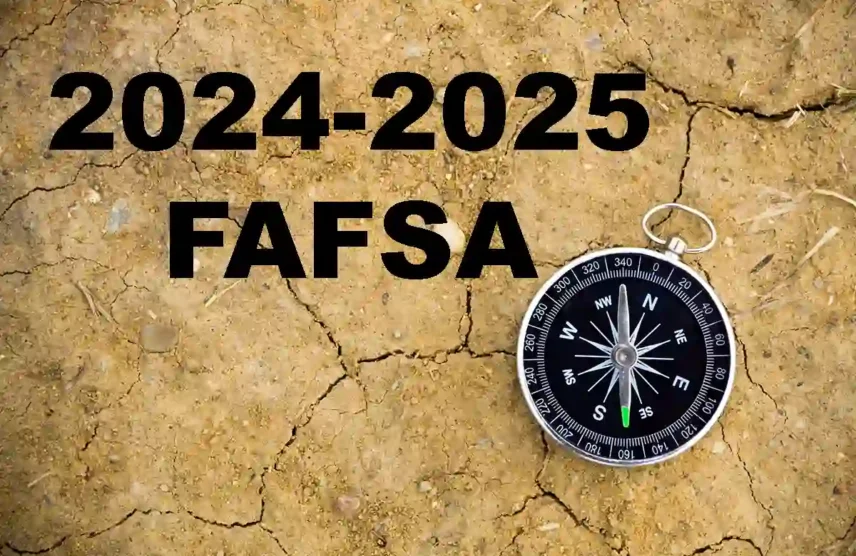How to Prep for the FAFSA
This article summarizes key points from our recent interview with Senior College Planning Specialist Jacquie Butler, who shared crucial information about the Free Application for Federal Student Aid (FAFSA) for the 2024-25 academic year.
Key Changes for the 2024-2025 FAFSA
The U.S. Department of Education has introduced significant changes for the 2024-25 FAFSA. Following are the three major updates you need to know.
- FSA ID Requirement: To complete the FAFSA, both the student and at least one parent must create an FSA ID (Federal Student Aid ID). Create the FSA ID at least three days before completing the FAFSA to allow time for verification by the Social Security Administration.
- Reporting Business and Farm Net Worth: If your family owns a business or farm, you must now report the net worth on the FAFSA.
- Change in Calculation: The FAFSA calculation will no longer consider how many children are in college simultaneously, even though the form will still ask how many students will be in college.
When to Complete the FAFSA
The 2024-25 FAFSA is expected to open by Dec. 31. It’s important to complete it as soon as possible once it becomes available. Create FSA IDs early and keep them in a safe location, as you will need them each year you complete the FAFSA.
Documents Needed for the FAFSA
Gathering the required documents and information in advance is crucial for a smooth FAFSA application process. Below is a summary of what you’ll need.
- 2022 Federal Income Tax Return and Schedules
- Current checking and savings account balances
- Present value of investments (stocks, bonds, CDs, etc.)
- 529 college savings plan value – only for the student completing the FAFSA
- Net worth of second residences or rental properties
- Child support received for the last completed calendar year
Check out our FAFSA Checklist for a complete list of required documentation.
Which Parent Completes the FAFSA?
Different family situations require specific approaches when completing the FAFSA. Here’s a quick guide for some of the most common situations.
- Married parents filing taxes jointly. One parent needs to create an FSA ID to complete the FAFSA.
- Separated or divorced parents. The parent who provided the most financial support in the past 12 months will need an FSA ID and will report their information. If the parent is remarried, the stepparent information must also be included on the FAFSA.
- Unmarried parents living together. Both parents need FSA IDs and will report their information.
- Parents with non-joint tax filing statuses. Both parents need to create an FSA ID and will report their information.
Help is Available
EducationQuest offers various resources and tools to assist with the FAFSA process, including:
- FAFSA Tools page: Find the FAFSA checklist and other helpful resources.
- Countdown2College newsletter: Sign up for weekly updates on college planning, FAFSA deadlines, and scholarship information.
- Schedule an appointment with EducationQuest: Get free, personalized assistance from college planning specialists.
Navigating the FAFSA can be complex, but you can streamline the process and maximize your financial aid opportunities with the correct information and resources. Remember to stay informed, gather the necessary documents, and take advantage of the free assistance provided by EducationQuest.
By Jeannine Phelan
